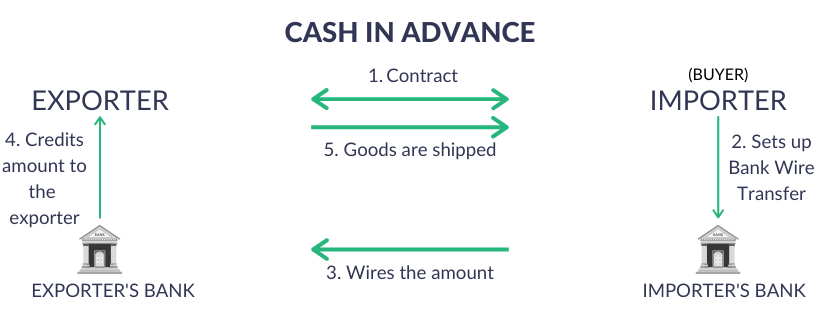Prior to lenders approve the loan, they’ll very first look at the credit rating, credit report, while having a very important factor, the debt-to-earnings ratio, commonly known as DTI. All of these standards will show when you can pay-off what you owe. DTI try a ratio out of personal debt in line with income also it will teach if or not you have the means to afford the financing.
Generally speaking, lenders take a look at DTI to determine simply how much of one’s income visits expense you currently have. When your Loans-to-Earnings (DTI) ratio was lowest, it means you will be making more income than what you borrowed. Likewise, a premier DTI means your primary salary happens to the loans repayment.
What is Personal debt-to-Income Ratio

Debt-to-Income proportion is actually a great metric that financial institutions use to have a look at an individual’s capacity for expenses their debts and you may notice repayments. It identifies it by comparing a person’s month-to-month debt obligations up against the total month-to-month income. On top of that, of many lenders consider DTI since the a primary basis whenever deciding whether or not they is give you currency or not. It guarantees all of them one to individuals makes typical repayments or take way more debt when needed.
Your debt-to-money proportion (DTI) are a mathematical icon off exactly how the monthly expenses compare to the revenues. Just like the a percentage, that it metric lets lenders evaluate whether you can effectively do monetary loans and in case they want to accept financing for you. Merely split their monthly bills because of the amount you get a beneficial month to learn where you stand.
Typically, loan providers take a look at people who have highest Personal debt-to-Earnings (DTI) percentages as riskier borrowers because they may run into issues while repaying the mortgage once they face pecuniary hardship.
So you can calculate a great borrower’s DTI proportion, lenders utilize the top-avoid and you can straight back-end percentages. Let us look closer at every as well as how he is determined:
Front-Prevent Financial obligation-to-Earnings Ratio
It is very referred to as property proportion, front obligations-to- money proportion compares the individuals revenues as to what he’s shelling out for houses expenditures. Its computed while the a portion the place you split the fresh casing costs because of the revenues. A knowledgeable top-stop financial obligation-to-money ratio should not exceed 28%. The latest property will cost you integrate only home loan hobbies and costs. On the other hand, gross income ‘s the total income received, inclusive of taxes.
Back-Stop Financial obligation-to-Money Ratio

When lenders evaluate your creditworthiness, they will play with a before-prevent Debt-to-Money (DTI) ratio to judge how much cash of the gross month-to-month earnings was spent on obligations cost. To be experienced for a financial loan, your back-avoid DTI must time clock at thirty-six% or straight down. So you can estimate the back-stop DTI, divide the complete monthly financial obligation bills by the gross month-to-month money, next multiply they because of the 100.
Whenever figuring your own total month-to-month financial obligation expenditures, you must cause for money to own mortgages, playing cards, money, and loans Emelle AL just about every other established debt.
Instance, imagine you aren’t a housing price of INR 15,000, month-to-month personal debt expenditures from INR 25,000, and a revenues each month totaling INR sixty,000.
From this analogy, this new debtor is actually skilled sufficient to shell out its construction expenditures yet problems that have handling debt payment within the relationship which have income. As a result of this insufficient show, lenders is apprehensive about financing finance because they must look into the new borrower’s capacity for trying to repay what’s owed.
Calculating DTI Proportion
Whenever figuring the debt-to-Money proportion, and that assesses if a person is a viable credit risk. You ought to cause for new monthly personal debt costs and the gross month-to-month money. It share has installment out of loans, insurance fees, taxation, or other appropriate fees up against a person’s earnings before taxation deductions. In the India, an acceptable DTI proportion is mostly about 40%; but not, its better for those who have a lesser DTI.